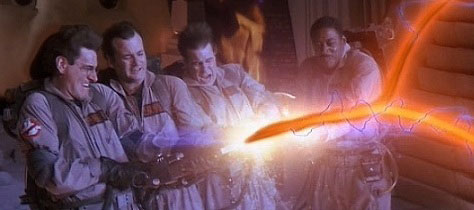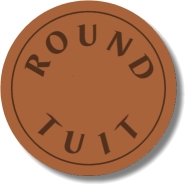I was joking around on Twitter with Michael Berman, about vendor tweets appearing in a conference stream. You can see the thread, but the point is, he called me a chatbot.
https://twitter.com/amichaelberman/status/1056944712756514816
And that sounded a bit like a challenge.
Specifically, it sounded like a challenge to find something that spit out the buzzwords of educational technology, like I was doing with Michael. And then the Imp of the Perverse whispered in my ear that maybe what I should do is mashup famous quotes with those buzzwords.
And so @EdtechEpigrams was conceived.
I have a memory that Networked Narratives includes a “make a Twitter bot” activity, so thanks to Alan Levine and Mia Zamora for leaving me that breadcrumb. It took a couple of swings at Google to find something I could quickly make use of, but Katherine Marzinsky’s post about her @nounjective bot fit the bill.
That got me the pointer to Zach Whalen’s SSBot, which is basically a tool for generating random tweets based on a Google Spreadsheet and a provided script. I worked helpdesk long enough to know that I should be skeptical about running code I can’t read… but I went ahead and ran it anyway. It’s a pretty slick tool and configuring it wasn’t too hard. (Except for the part where I got columns and rows confused and generated a whole bunch of gibberish… but I fixed that by just cut-and-pasting the data into the right tab on the spreadsheet.)
Honestly, the complicated part is playing with syntax and grammar. My bot is following a very standard formula of
(witty saying) (ending with a buzzword).
but I was kind of surprised to see what a restraint that is. For starters, it means I have to stick to quotes ending in nouns (or noun forms). It also means that definitions are mostly out, since those would be funniest as
(buzzword) (followed by a witty saying).
Which is kind of a pity, because Bryan Alexander’s Devil’s Dictionary was another inspiration for this project.
(I notice that a later release of SSBot now supports regular expressions. Theoretically, it seems like this ought to allow me to figure out a variable for “put buzzword here”… but this is just a quick cheap laugh and I wasn’t motivated to do it. Maybe someday. )
I’ve currently got enough quotes and enough buzzwords for 1000+ unique tweets. At a tweet every 4 hours… that’s plenty of time for the industry to come up with some more.


